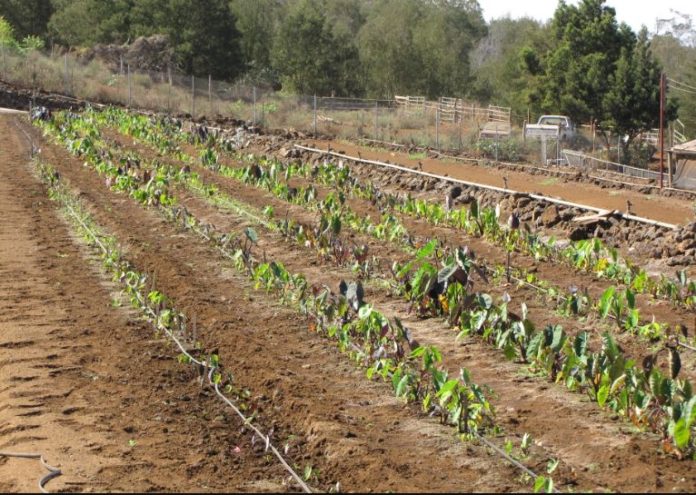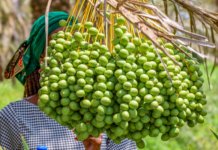Fertilizer prices remain elevated. And climate change has resulted in higher temperatures and less rainfall in many parts of the world. In high-income countries, this can lead to higher prices. In low-income countries, it can mean hunger and malnutrition.
Diverse crops that rely on far less water than commodity crops and no or minimal chemical pesticides and fertilizers are a solution in countries seeking to end poverty and build climate resilience.
Take what’s happening in Kenya’s Busia and Simumu Counties. There, farmers in 22 villages who been growing wheat and corn have been introduced to horticultural crops such as tomatoes, watermelons, cowpeas, onions, green pepper, butternuts, eggplants and amaranth.
Cutting water use makes farmers more resilient to drought and other extreme weather. Greatly reducing and even eliminating chemical fertilizers, pesticides and herbicides reduces costs and increases profits.
As important, these crops can be consumed by farm families, which improves nutrition and food security. Surplus is sold in local markets. Some farmers foresee building operations to commercial scale.
World Neighbors is the international development organization that works with local partners to help farmers grow more diverse crops and increase output and income









[…] Source link […]
[…] Credit: Source link […]
Such a nice blog on diverse horticultural crops that are much more climate-friendly than commodity crops and I hope you keep updating us with such great tips and information in the future too. This is a great post; I will share as much as I can.
Comments are closed.